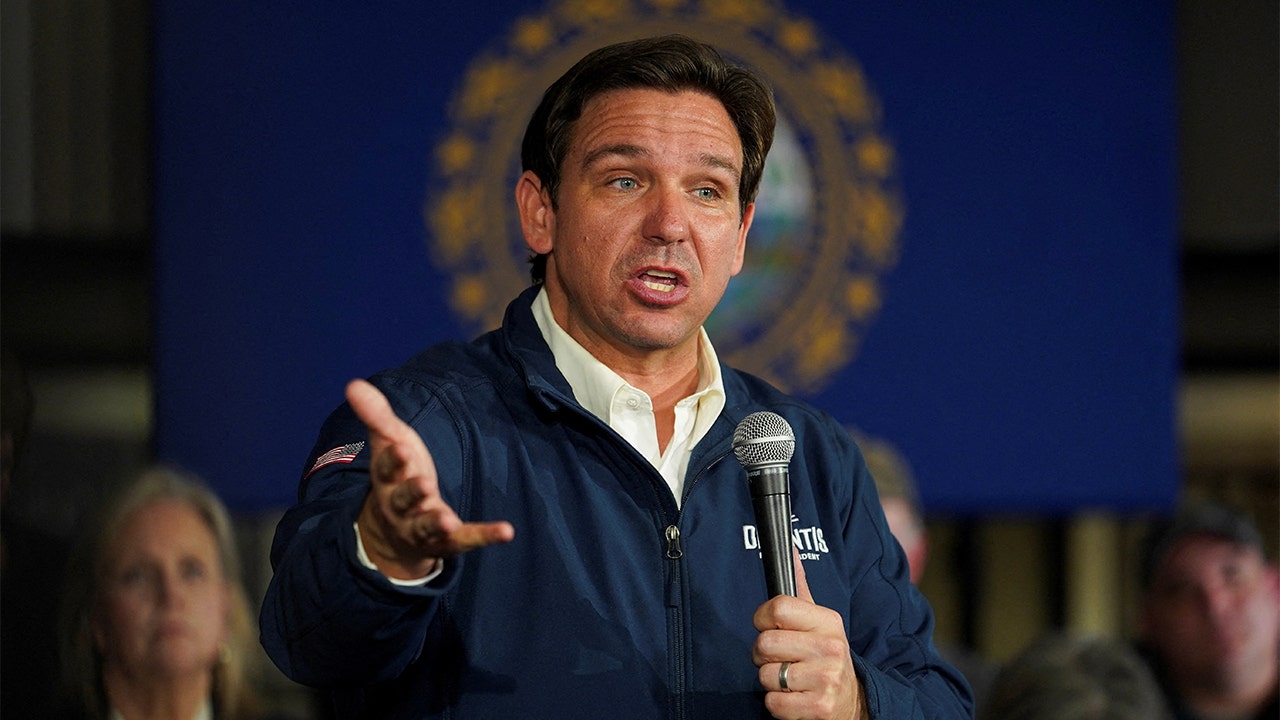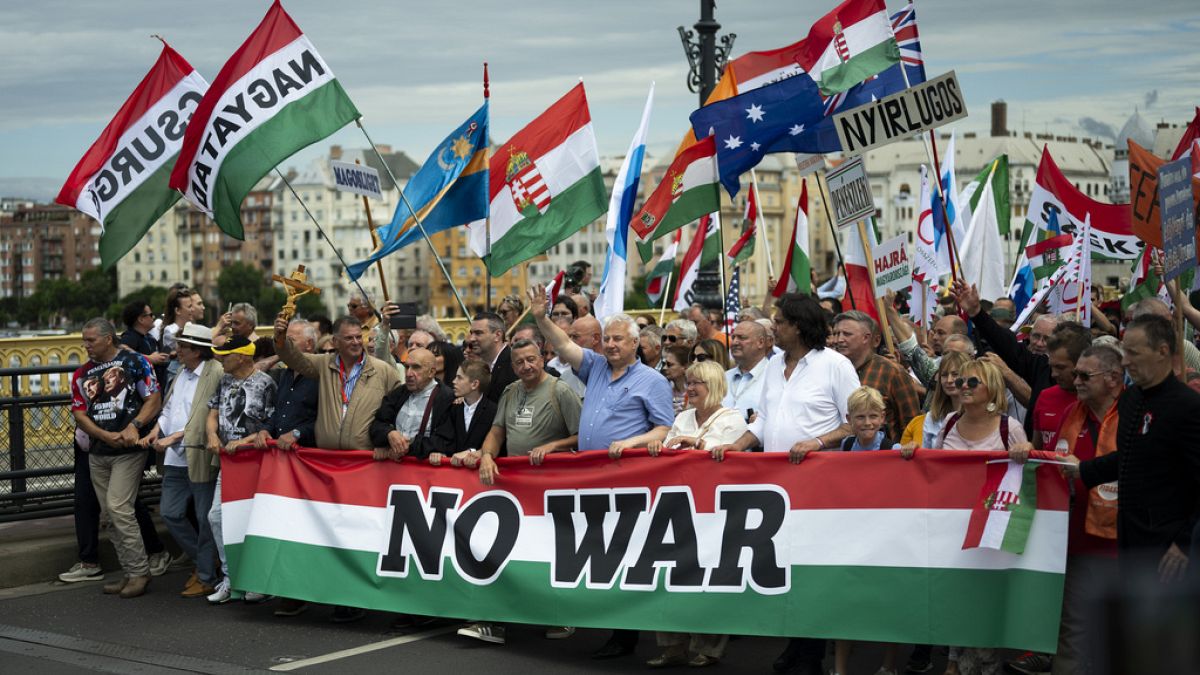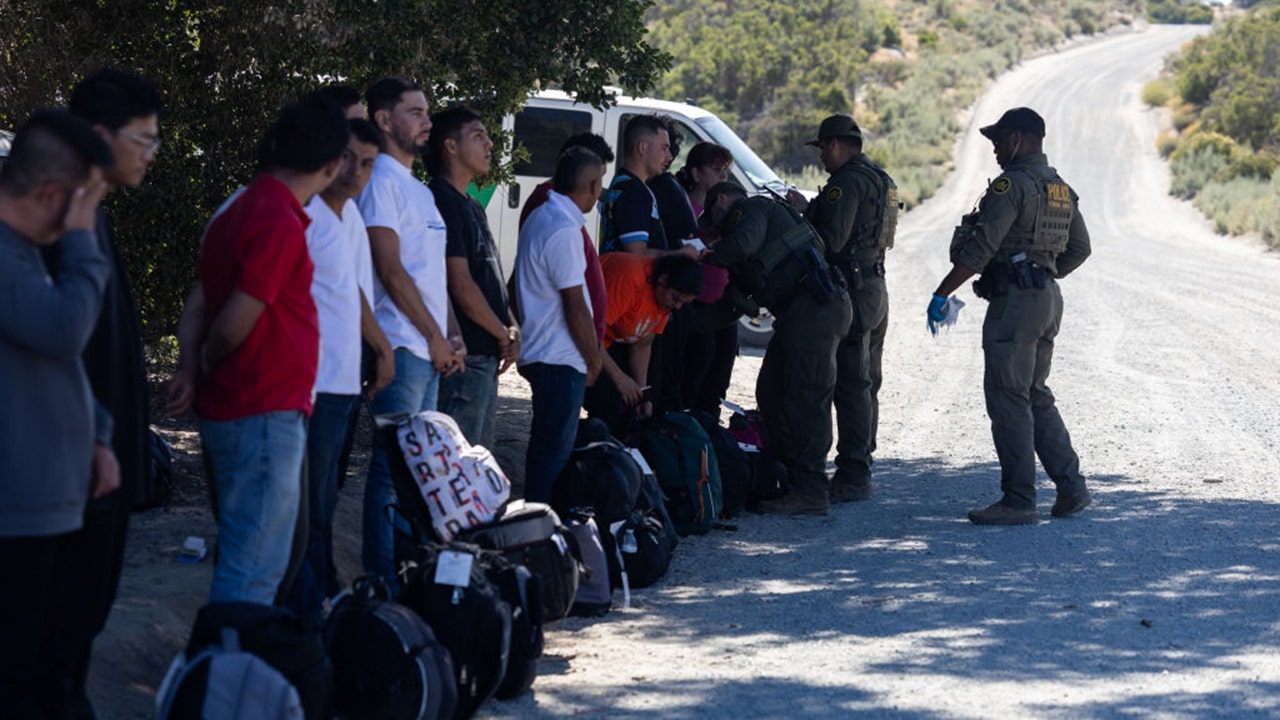Half a century ago, one of the world’s leading reinsurers published a paper on floods, referencing ancient diluvial stories such as the Mesopotamian epic of Gilgamesh, and urged better monitoring of “climatic variations”.
The 1970s paper by Munich Re, now the largest in the industry, pointed to global warming, polar melt and other environmental shifts as needing further study, “especially as — as far as we know — its conceivable impact on the long-range risk trend has hardly been examined to date”.
Today, the effect of climate change fuelling natural catastrophes such as floods and wildfires is evident, and insurance companies are scrambling.
The industry has been alert to the threat for decades. Yet executives have been spooked by the surge in extreme weather events, creating a property insurance crisis in some parts of the world.
The sector has been rocked four years in a row as natural catastrophe losses topped $100bn. Even in 2023, a quiet year for hurricanes, there were a record-breaking 37 separate events costing at least $1bn in losses.
“Very clearly the [insurance industry’s] models are not working,” said Lindsay Keenan, EU co-ordinator at campaign group Insure Our Future. “I’m amazed how they have managed to blag the regulators with their rhetoric that ‘It’s all OK, we have models for that’ over the years, and still today.”
Reinsurers took heavy losses before sharply tightening their terms two years ago, putting extra pressure on primary insurers. US property and casualty insurers incurred more than $20bn in underwriting losses in both 2022 and 2023, according to rating agency AM Best. State Farm, the biggest US home insurer, suffered a net loss of more than $6bn in both years. It has since paused new business in California and will not renew tens of thousands of policies.
Veteran industry executives have voiced their concerns about the battle to keep up with climate effects.
William Berkley, the founder and executive chair of insurer WR Berkley Corporation, challenged fellow executives recently about their response to a changing climate that “doesn’t follow” historic patterns.
“It doesn’t seem like we are changing fast enough for the pace of change we have to adjust to,” Berkley told a gathering at New York University in April.
Insurance models “struggle to factor, with any precision, the probabilities that are accruing from climate change”, said Paula Jarzabkowski, an expert on risk at the University of Queensland. “I suspect that factoring climate risk into underwriting models is adding an uncertainty factor to premiums.”
Industry figures who spoke to the Financial Times identified a few reasons why the sector had fallen behind the curve.
A key issue was the one-year term of insurance policies — the question of whether to insure or reinsure a property or postcode for the coming year only — with little incentive to take a longer-term view.
Adopting a conservative approach to climate threats also risked the loss of business or driving up capital requirements, some argued.
“The individual insurance companies look at this and say ‘there is very little advantage to us’ . . . being a leader in this area,” said one insurance expert, speaking privately.
This feeds into a second charge made by some: the risk models provided by the very biggest groups, Verisk and Moody’s RMS, were slow to reflect the effect that accelerating climate change was having on day-to-day losses.
Their priority was to gauge “peak perils”, such as hurricanes, that can cause calamitous losses that can bring the sector to its knees, rather than “secondary perils” such as wildfires and storms, which may have a lesser individual cost — until they begin to widen and cascade.
Big risk modellers reject the idea that they did not focus enough on secondary perils. Jay Guin, chief research officer for extreme event solutions at Verisk, said the company had “been offering models for secondary perils for over 20 years and has made significant investments”.
But it was not until the 2017-18 wildfire losses in California that the whole industry began to take a “more critical look” at such events, Guin said. “We have improved most aspects of the model and have accounted for the impact of climate change.”
Executives describe an industry that is now recalibrating the threat from fires and floods. “Everyone has been surprised [by the surge in secondary perils]. It’s a fair criticism that we fell behind,” said Christian Mumenthaler, the departing chief executive of reinsurer Swiss Re.
He said it had been very difficult to predict how global warming would feed through to the cost of localised events, such as floods, which might affect one building on a street but not another.

Julie Serakos, head of the model product management team at Moody’s RMS, cited other complicating factors such as population growth in vulnerable regions and inflation in payouts. “There’s just more exposure to these types of events.”
Investment has now poured into new software tools and expertise that allow insurers to develop a longer-term view of climate effects.
Despite these efforts to catch up, however, the risk remains that the models will not fully reflect the catastrophic outcomes.
“As scientific evidence on climate change accumulates, you typically find the risks are higher in the new risk assessments compared to the previous one,” said Wim Thiery, a climate scientist at Vrije Universiteit Brussel.
Scientists have also been unnerved by an unprecedented stretch of record heat over land and sea over the past year. Global average temperatures surpassed the 1850-1900 average by 1.61C in the 12 months to April.
Members of the UK’s Institute and Faculty of Actuaries argued in a recent report with University of Exeter scientists that more attention should be paid to the risk that extreme climate scenarios could be made more likely by a series of atmospheric and physical feedback loops, including the collapse of ice sheets. These tipping points would add even more guesswork to the modelling.
“It’s product recall time for some of these models, things are moving more quickly [than predicted] . . . we need to move on to the next generation of climate scenarios,” said Sandy Trust, head of organisational risk at British fund manager M&G, and a co-author of the report.
Another issue is how the consensus models developed by the Intergovernmental Panel on Climate Change, the UN body of scientists, are interpreted by the private sector.
Scientists and actuaries “are sailing past each other like ships in the night despite the fact they are using the same language of climate risk”, said Kris de Meyer, head of the UCL climate action unit.
The scientific method focuses on the most likely outcomes within the full range of scenarios. The insurance world, conversely, aims to forecast the worst case, however unlikely, to avoid fluke events.
The response from the all-important reinsurance sector has been to draw back from covering secondary perils and to push up prices for primary insurers, who have passed them on to consumers. Greater numbers of property owners are relying on state-backed insurers as a last resort.
Most in the industry expect a continuation of that trend. “The reality is that climate change is essentially a slowburn,” said Steve Bowen, chief science officer at reinsurance broker Gallagher Re. “The general trend [in losses] is going to continue to go up.”
This is the second article in an FT series about the consequences of climate change on insurance. Read part one here.
Climate Capital

Where climate change meets business, markets and politics. Explore the FT’s coverage here.
Are you curious about the FT’s environmental sustainability commitments? Find out more about our science-based targets here
















/cdn.vox-cdn.com/uploads/chorus_asset/file/25473670/2155438865.jpg)


















